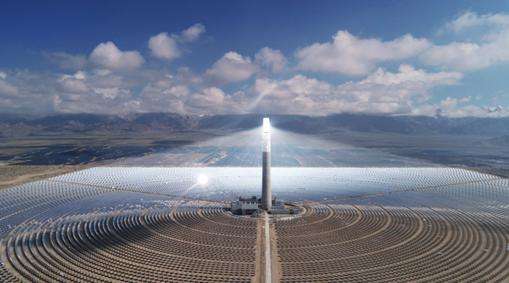Because the density and modulus of water are isotropic in the horizontal plane.
This content is described in detail in chapter 9 of High School Physics, section 1 of "Mechanical Waves" The formation of waves
Throwing stones into water can be likened at the thrown point. in the water makes a simple harmonic movement like a spring. According to the theory of vibration propagation, a simple source of harmonic vibration can generate mechanical waves nearby, and the speed of the mechanical wave is related to the density and modulus of the propagation medium (water) (in simple terms , the pressure of the object).
The propagation of mechanical vibrations in the medium is called mechanical wave. Mechanical waves and electromagnetic waves have both similarities and differences. Mechanical waves are generated by mechanical vibrations, and electromagnetic waves are generated by electromagnetic oscillations.es. The propagation of mechanical waves requires specific media, and the propagation speeds in different media are also not different. propagate at all in a vacuum, while electromagnetic waves (such as light waves) can propagate in a vacuum.
Detailed informationDuring the propagation of mechanical waves, the relatively stationary particles in the medium vibrate when the mechanical waves propagate, which indicates that these particles have acquired energy. This energy passes from the wave source through the previous particles. came in order. Therefore, the essence of mechanical wave propagation is the propagation of energy. This energy can be very small or very large. The ocean's tidal energy can even be used to generate electricity. water waves) and is converted into electrical energy.
Huygens principle (Huygens principle)
Huygens' principle is used to explain the propagation of spherical waves and plane waves. In addition, it can also explain the phenomenon of wave reflection and diffraction. /p >
Summarizing numerous experiments, the Dutch scientist Huygens proposed that each point (there are countless) on the wave front in the medium can be considered a new wave source, and the wavelets emitted by these new wave sources. After a certain time, the envelope surfaces of these wavelets form the wave surface at the next instant.
Baidu Encyclopedia - Mechanical wave














